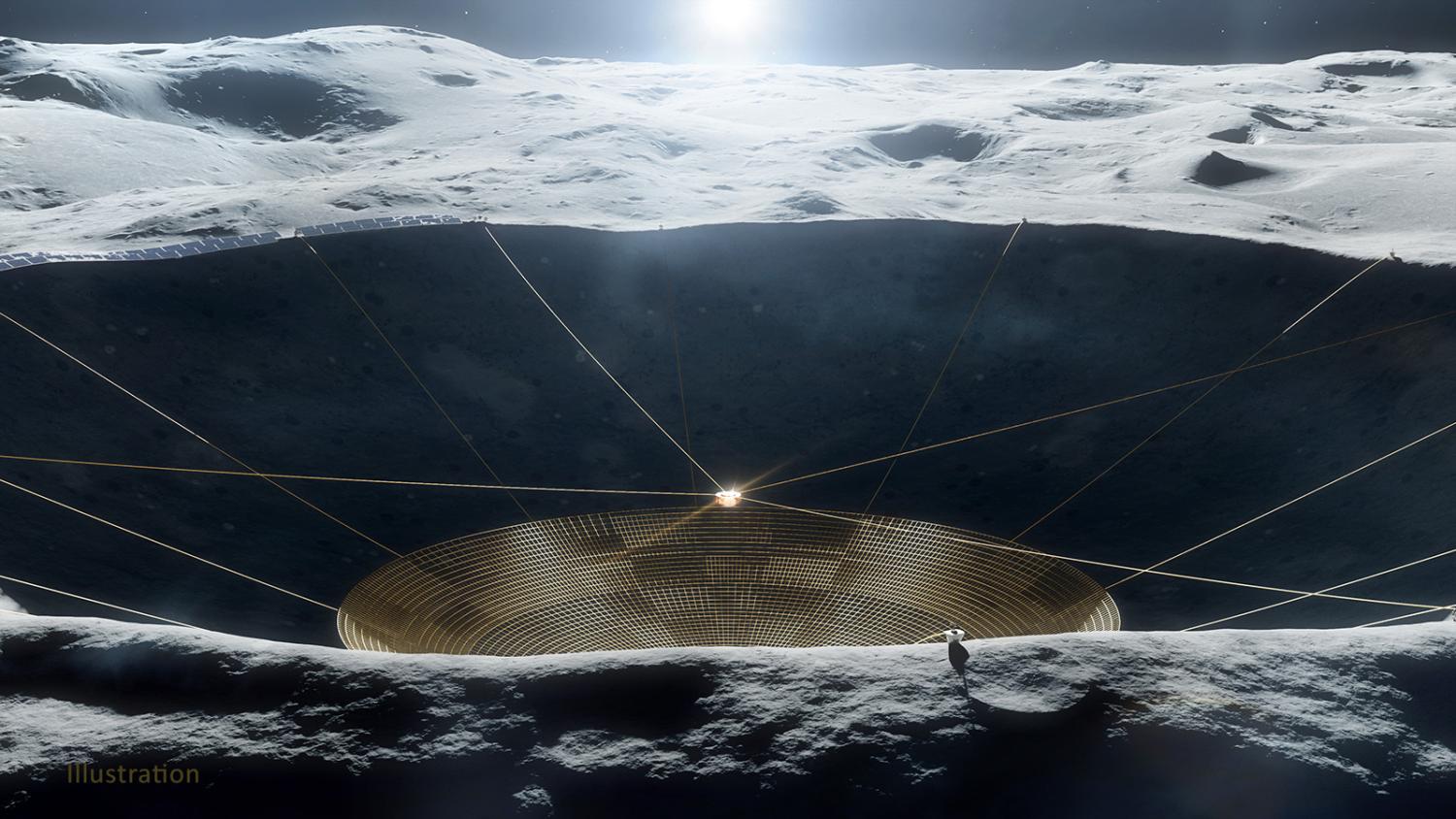NASA eyes moon's dark side for astronomy, new telescopes
From UPI: NASA scientists, as well as astronomers around the world, plan to install lunar observatories in the next few years to peer into the universe's ancient past -- just after the Big Bang.
Science equipment headed to the moon already includes a spectrometer built for launch in early 2022, known as ROLSES, which will study how sunlight charges the slight lunar atmosphere.
The acronym includes the word "sheath," which refers to a field of energy created by sunlight reflecting from the bright lunar surface. And NASA scientists are formulating plans for observatories on the far side of the moon, where darkness and clear sightlines could yield new discoveries about the universe before stars existed.
One bold plan to build a telescope in a lunar crater, the Lunar Crater Radio Telescope, has received $500,000 for further study. Read more…


